Computer Science K-12 Classrooms Needs to Catch Up

It’s estimated that in the next decade the number of computer science jobs in the U.S. will outnumber qualified people by 1 million. That’s 1 million jobs for the taking that Americans will miss out on because of inadequate skill sets. Despite this, only 10 percent of K-12 schools have computer science programs.
So what gives?
- 0 Comments
- Jan 16, 2020 10:00:00 AM
- Posted by Natalia Galvis
- Topics: Robotics, EdTech, STEM, Computer Science, Coding, Robots,, programming, Edchat
5 reasons to learn a new Programming Language in 2020

Bruce Lee has once famously quoted “I fear not the man who has practiced 10,000 kicks once, but I fear the man who has practiced one kick 10,000 times”. In year 2020, do you need to learn a new programming language or do you need to work on the languages you already know like Bruce Lee has said? Like many other questions, the answer is: it depends.
- 0 Comments
- Jan 15, 2020 10:00:00 AM
- Posted by Natalia Galvis
- Topics: Robotics, EdTech, STEM, Coding, Robots,, programming, Edchat
5 K-12 Guidelines For Artificial Intelligence: What Students Should Know
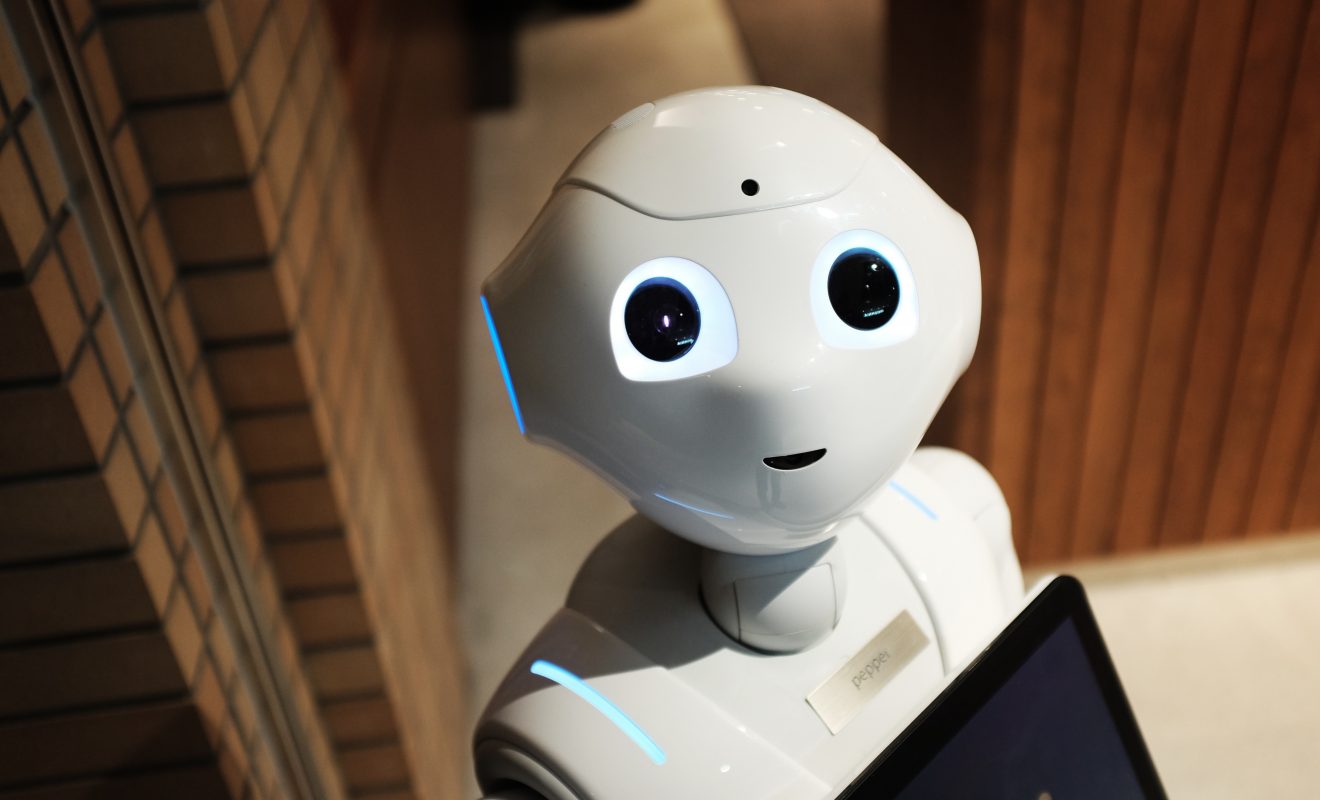
Artificial intelligence (AI) is the future. It is already altering the way our world operates, and it’s a force of change that education has no choice but to engage with it. According to a recent Gartner report, one in five workers will have some form of artificial intelligence as a co-worker.
That means most of today’s K–12 students will be part of a workforce that will include AI co-workers. In order to flourish in this new work environment, students must study AI, and K–12 schools will need to have artificial intelligence curricula.
The Association for the Advancement of Artificial Intelligence and the Computer Science Teachers Association have formed the AI for K-12 Working Group. This working group has come up with five big ideas regarding AI that every student should know about.
- 0 Comments
- Jan 14, 2020 10:00:00 AM
- Posted by Natalia Galvis
- Topics: Robotics, EdTech, STEM, 21st Century Classroom, Artificial Intelligence, Robots,, Innovation, Edchat, AI
How and Why to Bring Robotics into the Classroom
The need for people in STEM-related careers is at an all-time high. Science, tech, engineering and math fields are looking for people who can think critically, solve problems and work with science and math concepts with ease. For years, much of this type of work has been outsourced to other countries, but with the growing dependence on tech, domestic businesses are also increasing hires in these fields.
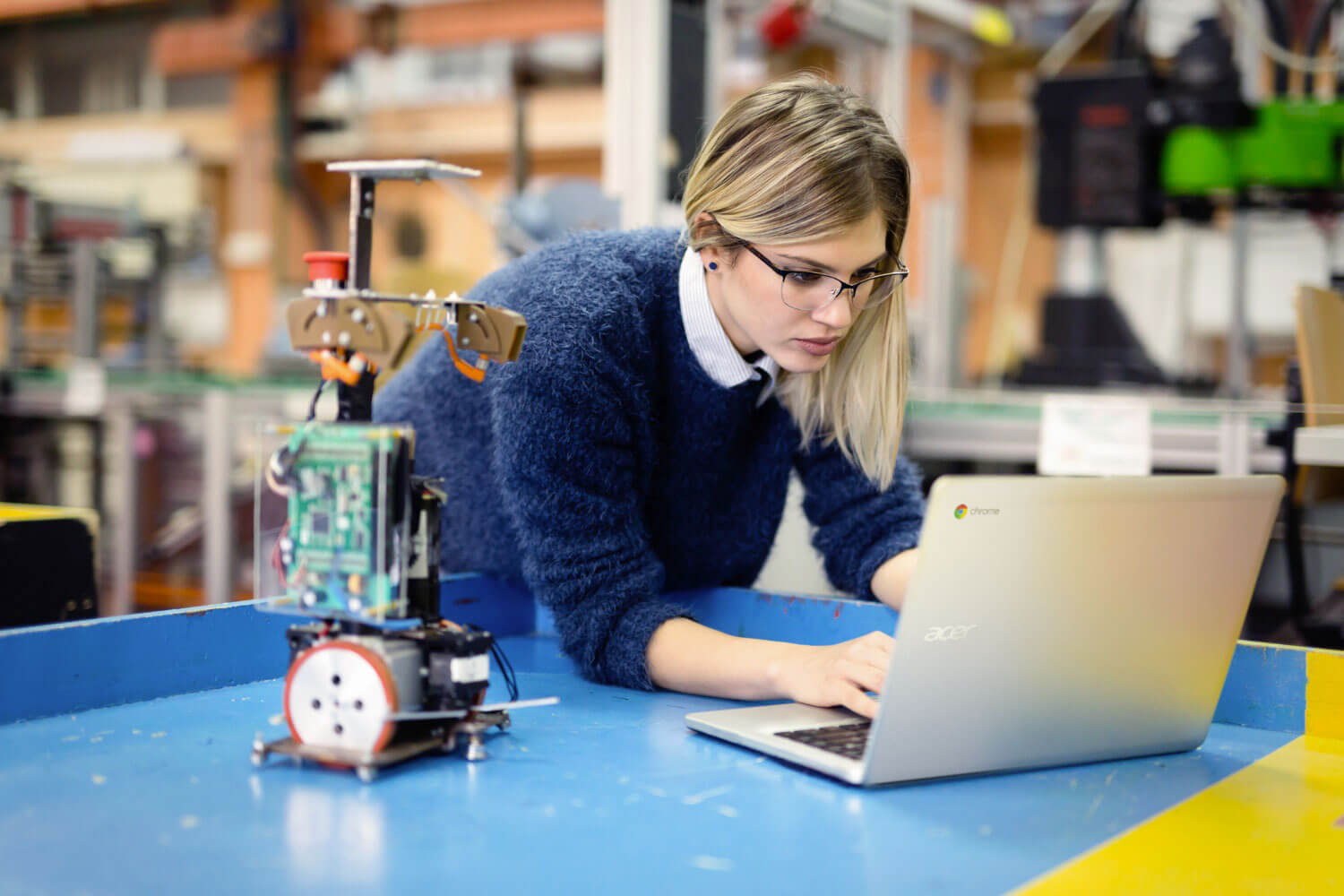
While teachers are preparing students for their potential careers, they are also imparting the many other benefits of bringing STEM concepts into the classroom. One way to do this is through robotics. While building robotic figures and getting them to work, students learn skills like mechanics, engineering, coding and more.
- 0 Comments
- Jan 13, 2020 10:00:00 AM
- Posted by Natalia Galvis
- Topics: Robotics, EdTech, STEM, 21st Century Classroom, Robots,, Innovation, Edchat
EdTech Trends 2020: the future is now

The end of a year and the start of a new one is the ideal time to reflect on the recent changes in the field of education technology and to look to the immediate future of technological solutions for the classroom: what does the beginning of the new decade have in store for students and teachers worldwide?
- 0 Comments
- Jan 10, 2020 10:00:00 AM
- Posted by Natalia Galvis
- Topics: Robotics, EdTech, STEM, Technology, Innovation, Edchat, AI, Digital Technology
Investing in Girls’ STEM Education

New technologies are dramatically transforming work and the global economy every day. This new age of automation creates new opportunities for businesses and governments, but due to gender barriers as old as time, the next generation of girls is at risk of being left behind. Science, technology, engineering, and mathematics (STEM) careers hold tremendous promise for millions of women—but only if new policies tackle access and education problems first.
- 0 Comments
- Jan 9, 2020 10:10:00 AM
- Posted by Natalia Galvis
- Topics: Robotics, EdTech, STEM, Technology, WomeninSTEM, Edchat, girlsinSTEM
What Does a Future Ready Educator Look Like?
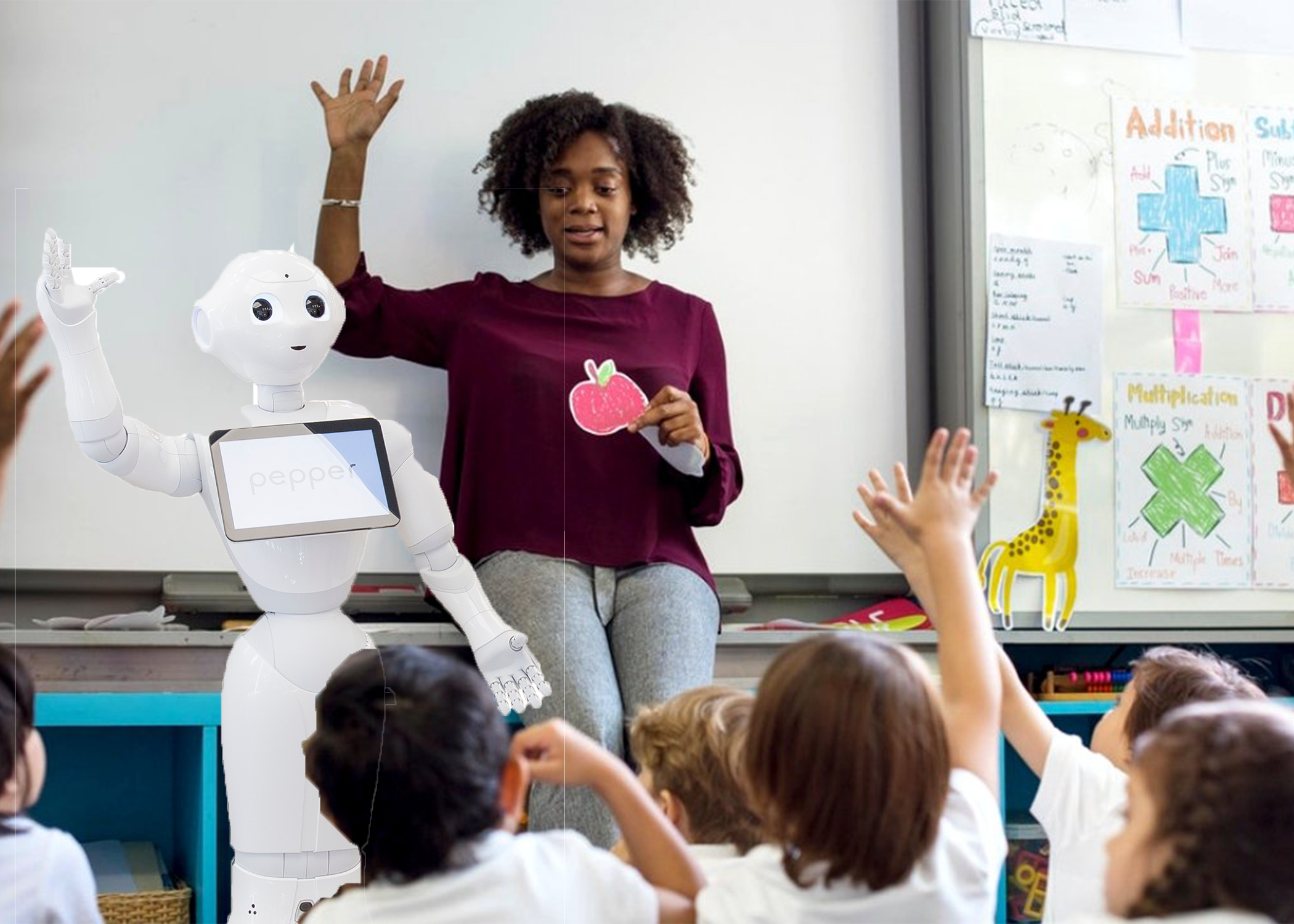
As new technology emerges and most work is done online, it is more important than ever to teach students how to adapt in the ever-changing digital world they live. This is where “Future Ready” schools and “Future Ready” educators become essential.
The Alliance for Excellent Education describes, “Future Ready is a free, bold new effort to maximize digital learning opportunities and help school districts move quickly toward preparing students for success in college, a career, and citizenship.” As school districts invest in developing Future Ready schools, educators must also make sure they are preparing to embrace digital learning to be “future ready” educators. What does this look like?
- 1 Comments
- Jan 8, 2020 10:00:00 AM
- Posted by Natalia Galvis
- Topics: Robotics, EdTech, STEM, teachers, Technology, Edchat, Digital Technology, Educators
Coding, Robotics and the Jobs of the Future

Since as early as the 1800’s, fears of robots taking over human jobs has been a reality. As we enter the true age of robotics, those concerns are resurfacing, and educators are unsure about what jobs their students will be competing for. For example, IT jobs will grow by 22% through 2020 and jobs in STEM are said to see similar growth. Educators are expected to equip their students with skills that will translate into careers and yet they have no idea what these skills should be. While timeless skills such as critical thinking, languages and mathematics aid in every career they do not provide the specialized skills that “jobs of the future” may require. So, what are the jobs of the future and how can be best prepare students for them?
- 0 Comments
- Jan 7, 2020 10:00:00 AM
- Posted by Natalia Galvis
- Topics: Robotics, EdTech, STEM, Artificial Intelligence, Technology, Edchat, AI, Digital Technology
How Robotic and Technology are Helping the Education Sector
Education is the building block of society. While in the early days, education setup was all about a tree, chalk and slate with the change in time, it has revamped into a luxury space that includes everything that reduces human effort in terms of learning.
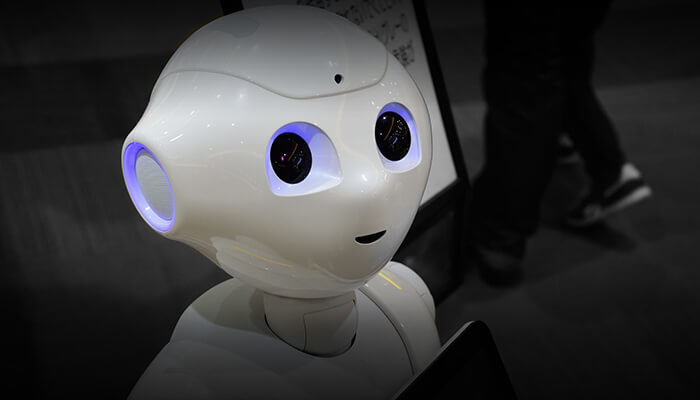
Today, more than anything else, the entire focus is shifting towards innovation, creativity, technical advancement. Education is not just limited to educate someone rather it has become a practice to innovate and the formal education system is reaching a new level.
- 0 Comments
- Dec 20, 2019 10:00:00 AM
- Posted by Natalia Galvis
- Topics: Robotics, EdTech, Education, Robots,, Technology, Edchat, Digital Technology
Educators: Are You Really Technology Literate?
The Internet is firmly here to stay. Computers and the World Wide Web have come a long way since the net first launched in the late sixties. Computers and all their silicon associates have cemented themselves into the modern world. Cell phones, laptops, iPods, iPads, tablets – the list goes on and on. Screen-literacy has become a mandatory part of success in today’s world.
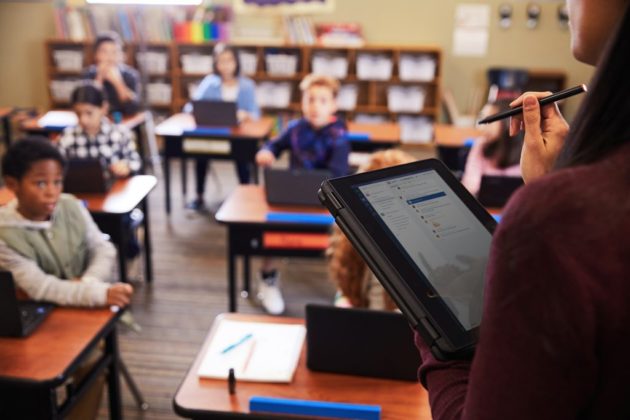
- 0 Comments
- Dec 19, 2019 10:15:00 AM
- Posted by Natalia Galvis
- Topics: Robotics, EdTech, Education, Robots,, Technology, Edchat, AI, Digital Technology
Relevant Posts
Popular Posts
Subscribe to Email Updates
-
I Want To Learn MoreADDITIONAL INFORMATION


